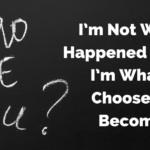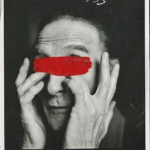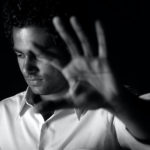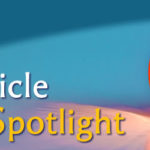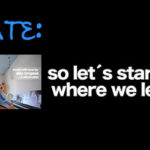
Jeff Matlow/By Title Only had a great newsletter this week. It not only presents a perspective but gives you a few tools to use moving forward. Enjoy hunkering down for a few minutes to think about how you handle some of these issues. Hope your 4th was safe and you are wearing a hat in this summer sun. Be well. Summer Hug!
~Vicki
The Power of Personalized Perspective
by Jeff Matlow
A professor is standing in front of a classroom. He grabs a blank piece of paper and draws a dot in the middle.
He holds the paper up to the class and asks them what they see.
Some students talk about the position of the dot on the paper, others mention the size of the dot. But they all agree: they see a black dot.
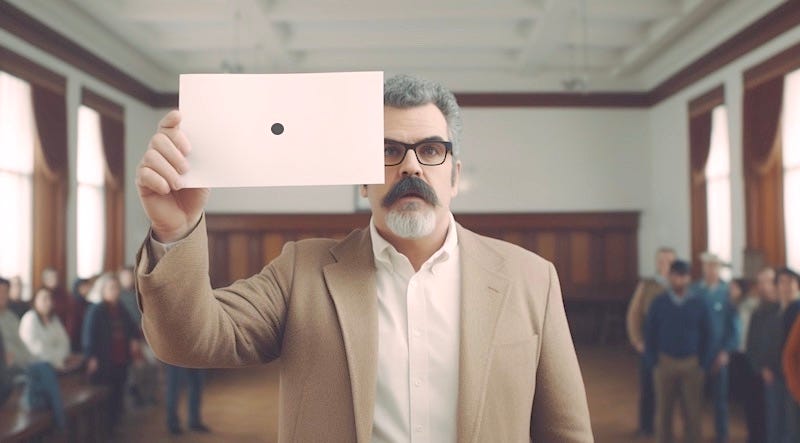
After the responses, the professor speaks to them:
“This dot only takes up 1% of the paper,” he says. “Yet when I asked you what you see, every one of you mentioned the dot. Nobody mentioned the other 99% of the paper, which is rife with possibilities.”
Seeing from Your Own Perspective
In the words of Anais Nin:
“We do not see things as they are, we see things as we are.”
The way you experience the world is through your own filter. That filtered perspective is developed through an amalgamation of your life experiences. Your parents, your childhood, your joys and traumas are all combined to create your own personalized and filtered perspective of the world.
If you are sensitive to criticism, constructive comments may feel like personal attacks from your perspective.
If you are a perfectionist, an error in a company presentation may send you into a downward spiral.
If you are accustomed to looking for faults, even the smallest dot on an otherwise blank piece of paper can seem like a flaw.
That’s the power of a personalized perspective.
We don’t consciously think about how our perspective influences how we experience the world. It just happens. You are just you.
And that’s where I challenge you.
Open-mindedness to different perspectives is an important trait for successful leadership. Heck, it’s an important trait for general human connectivity.
But being open-minded means challenging your perspective. It means asking yourself the complicated question:
“How would I think if I were to think different?”
Viewing Life from A Different Perspective
(…) Too often (people) get stuck in the quicksand of their “If onlys” and there they sink further into a hole of despair.
But, as Henry David Thoreau once said from his hovel in the forest,
“It’s not what you look at that matters, it’s what you see.”
If you believe you are looking at an unfiltered reality, if you think that change is out of your control, you will always play the hero in your story.
The problem is that it’s rarely the hero that is the one to blame.
This is the biggest issue with the “if only’s” – by perceiving your situation as unchangeable – by not looking beyond the black dot on the page – you fall victim to victimization.
You aren’t the hero of the story to anybody but you. You’re just seeing things from your biased perspective.
Sometimes this is done consciously but more often it’s driven by the subconscious. We say things that make sense in our minds:
“Can you please hand me that over there.”
And then we get frustrated at others for not understanding.
“Hand you what? Where?”
“THAT!! THERE! Just give it to me!”
Similarly, when we are shown the paper the professor displayed, everybody will say that they see a dot. The challenge in life is to look at the paper and create a different perspective – to see the vast opportunity in the blank white page that represents every other perspective on the matter.
How do you do this?
I’m darn glad you asked.
How to See A Different Perspective
This short exercise will only take you 5 minutes but it could have an enormous impact on your life. Give it a try…
Step 1.
The “If Only” Mad Libs
What is the “If only” problem that is holding you back (in whatever you are doing?) (…) o help you figure this out, just fill out this Mad Libs version:
If only _______, I would ________.
Go ahead, fill it out.
Step 2.
I would
Pretend that the “If only” part of the sentence you just wrote doesn’t exist. Focus on the “I would” half of the sentence and pretend you are able to do that now.
Write a paragraph of what your day-to-day would look like without the “if only” in your way.
Step 3.
Behavioral Change
Now read what you wrote in Step 2. What behavior of yours would you need to change in order to make Step 2 a reality?
Forget the things outside your influence – forget the “If only”. Simply focus on the things you have the power to change right now.
Oftentimes this includes things like “giving up control”, “letting other people do the work” and similar types of behaviors.
Write them all down.
Step 4.
Perspective
Now tell me – with your new perspective, what the heck is holding you back from starting to make those changes?
(…)






